It is now less than a decade until sales of pure internal combustion engines cease in the UK and the wholesale adoption of electrification marches forward. Still seems like a long way off, doesn’t it? Yet while nearly 10 years is a decent chunk of time for us, for car makers that 2030 date will be on them in the space of a single model cycle – the blink of an eye in automotive terms.
It means that the switchover to EVs is gathering pace quicker than you might think, with the result that, like the internet in the late 1990s, battery-engined vehicles will appear to segue from novelty to necessity almost overnight. More importantly, it’s at the more ‘affordable’ end of the market that the fastest changes are now occurring. The megawatt hypercars, premium brands and ambitious start-ups funded by eccentric entrepreneurs have stolen the headlines so far, but now it’s the turn of the mainstream makers to take the baton.
Leading the charge are Hyundai and Skoda, which have both recently launched family-friendly EVs with more than a hint of SUV about them in the form of the all-new Ioniq 5 and Enyaq iV. Both promise a range of around 300 miles, pack more than 200bhp and, in mid-spec guise, will cost in the region of £40,000. Impressive, but are these the sort of numbers that will convince budget-conscious family car buyers racked with range anxiety to make the leap to lithium ion power sooner rather than later? Let’s find out.
For those of us worried that an EV future will lead to a more homogenous approach to engineering, then on paper there’s nothing here that allays those fears.
![]()
Both are essentially underpinned by their respective brand’s EV ‘skateboard’ platform, featuring a rear-mounted electric motor and a battery pack that’s laid low on the floor between the axles for optimum weight distribution and packaging. In the case of the Hyundai, it’s the E-GMP platform that will be shared with sibling firm Kia for its EV6, while the Enyaq uses the Volkswagen Group’s MEB structure that has already seen service in the Volkswagen ID 3 and Audi Q4.

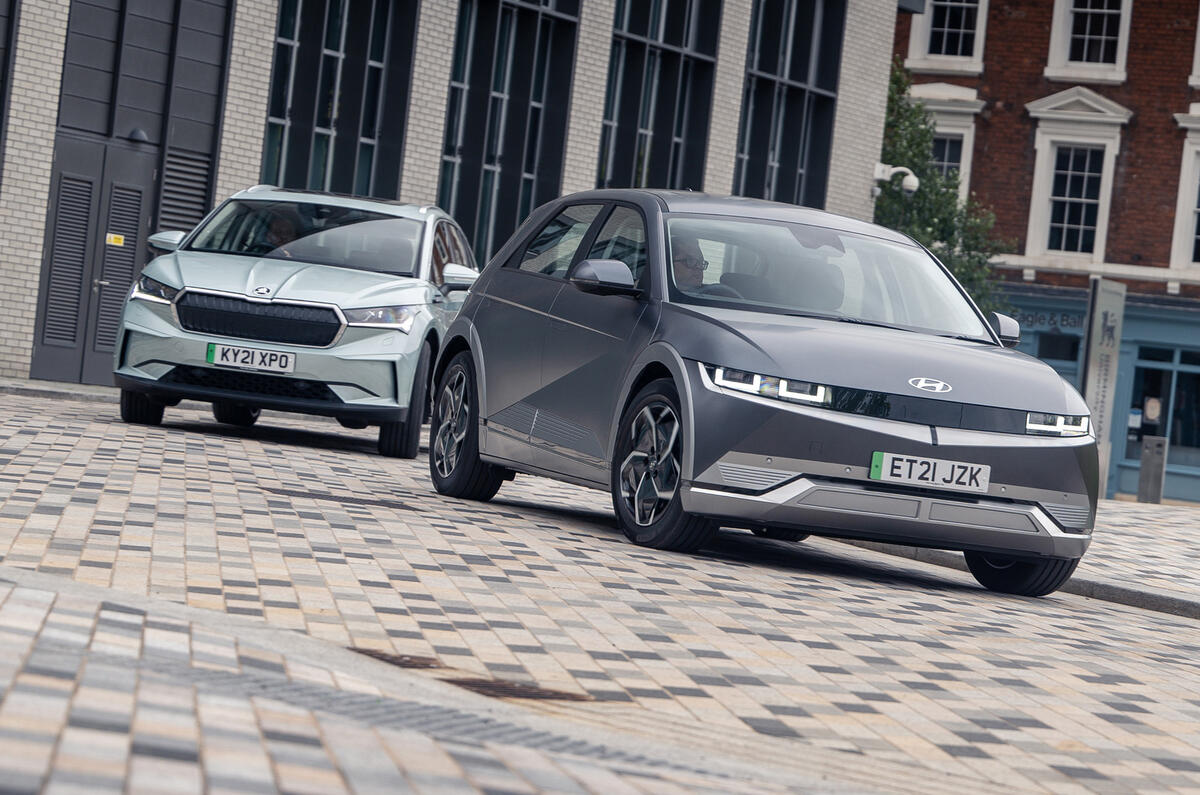
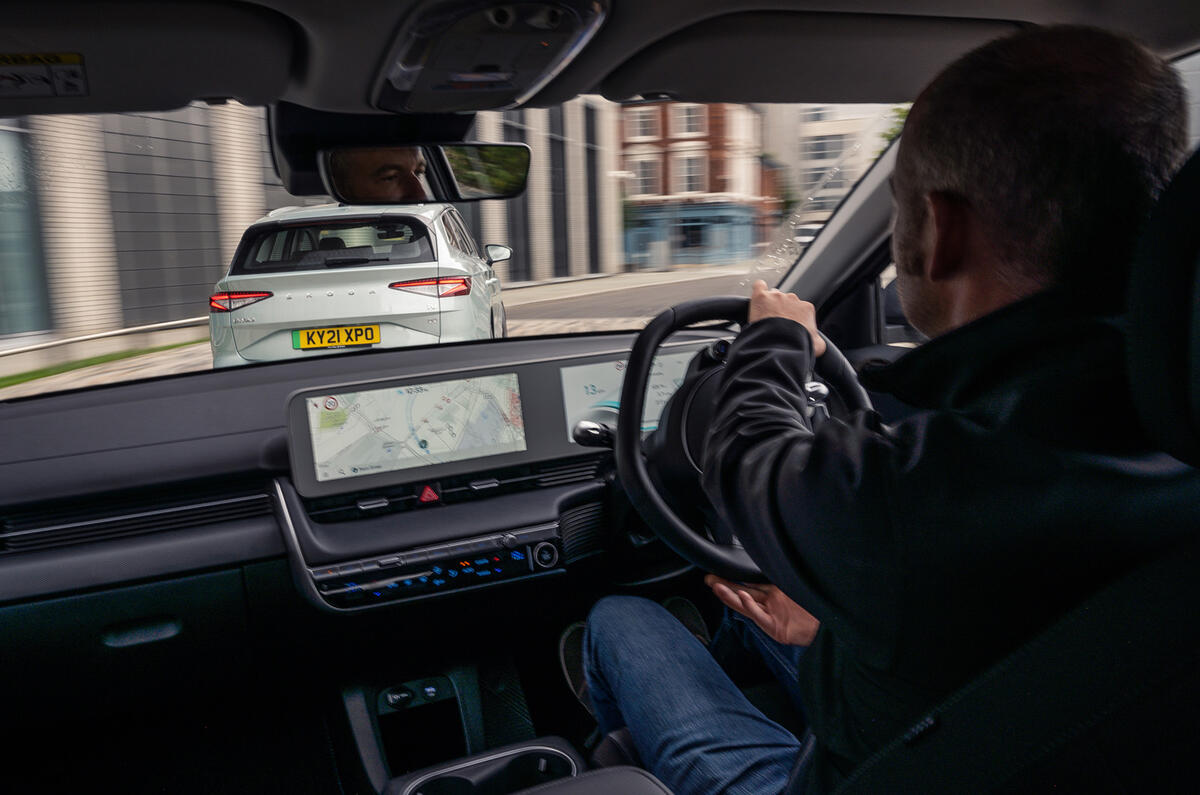

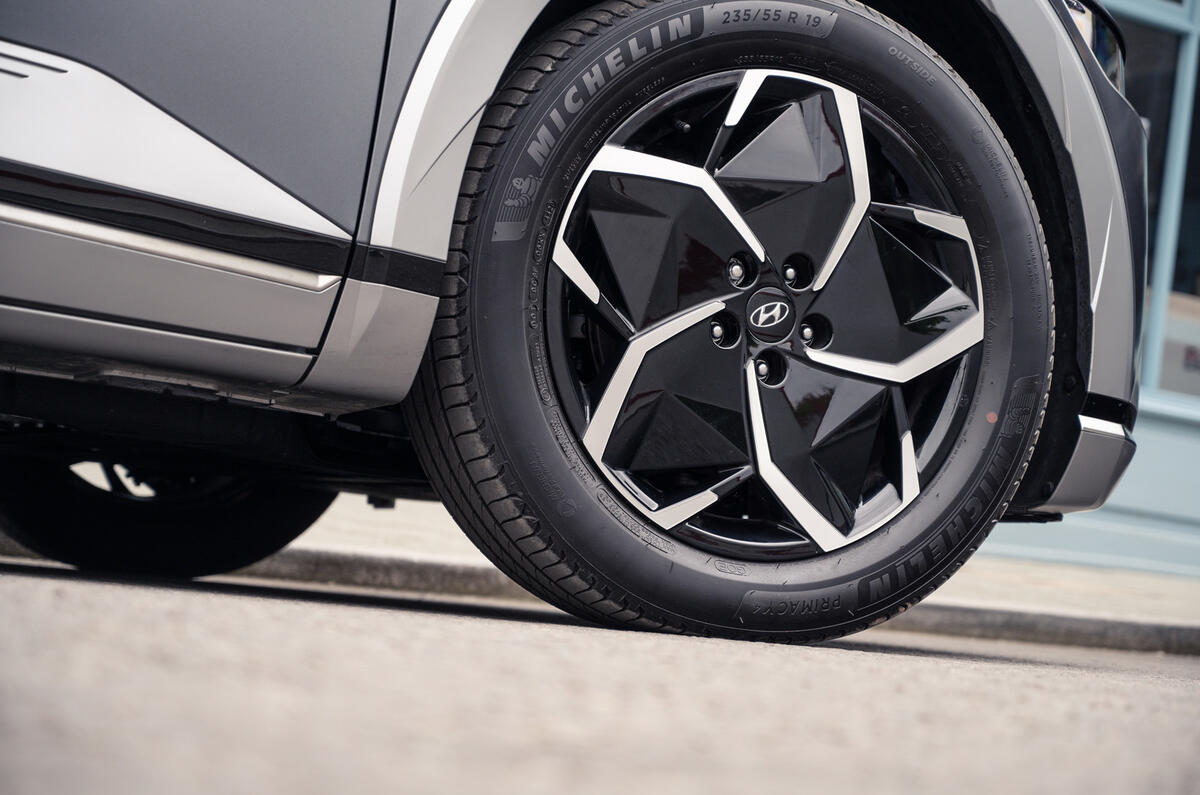
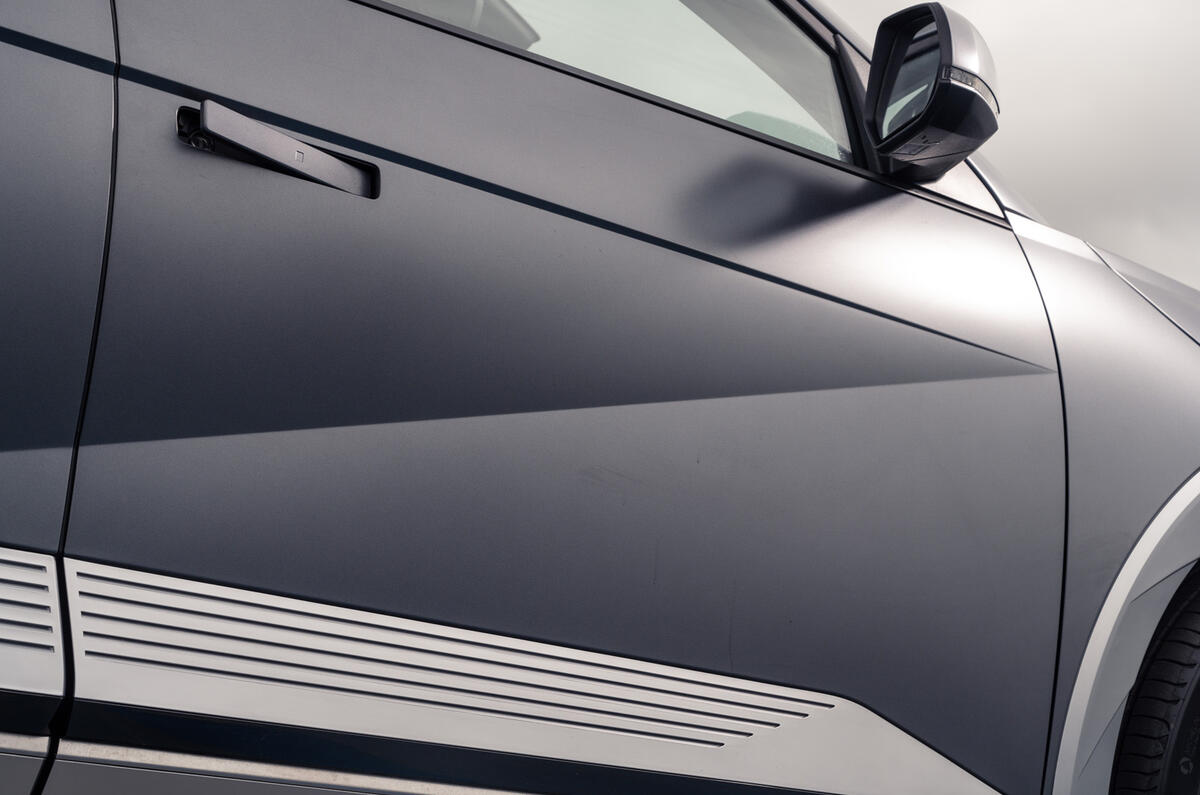
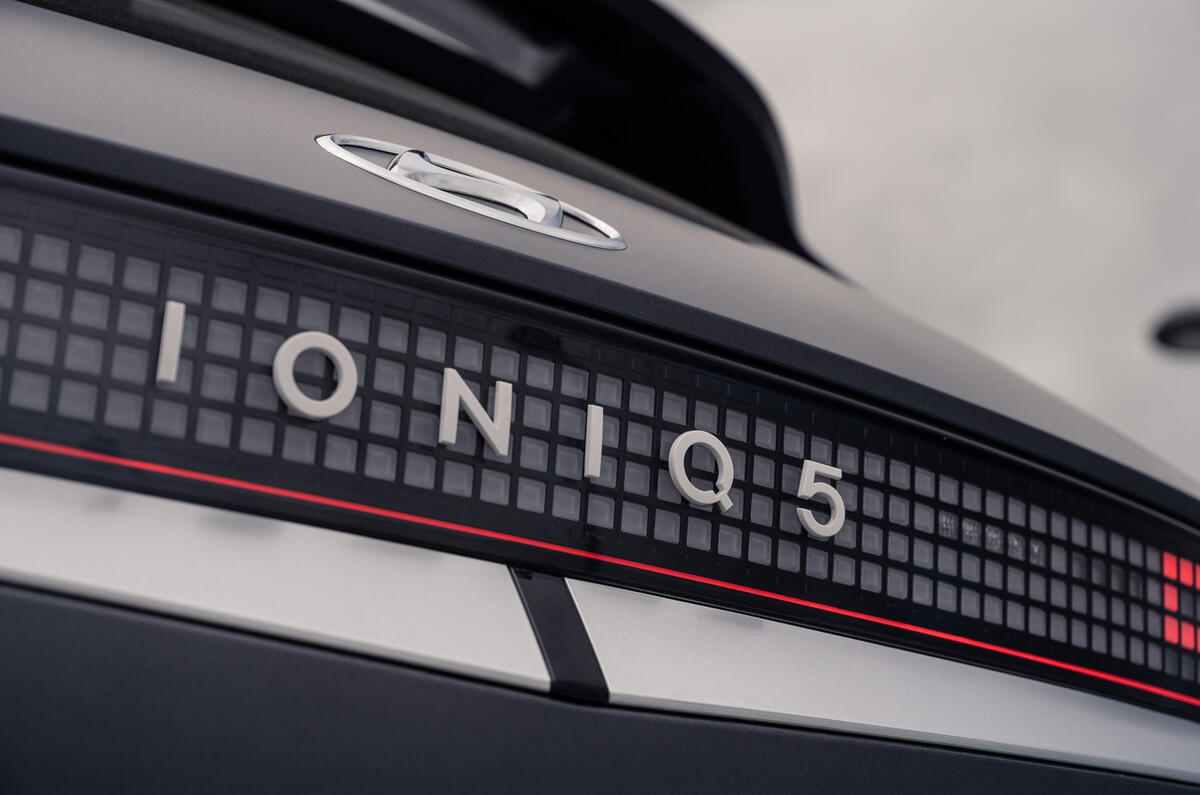
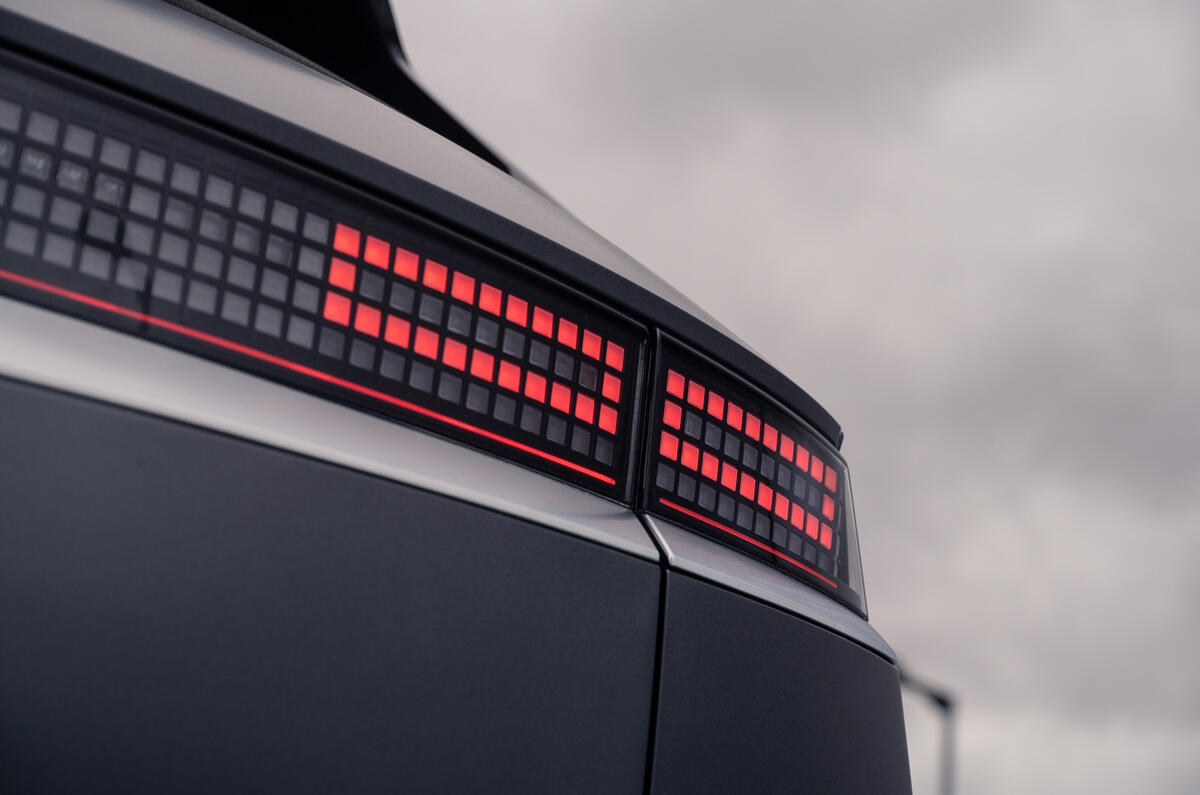

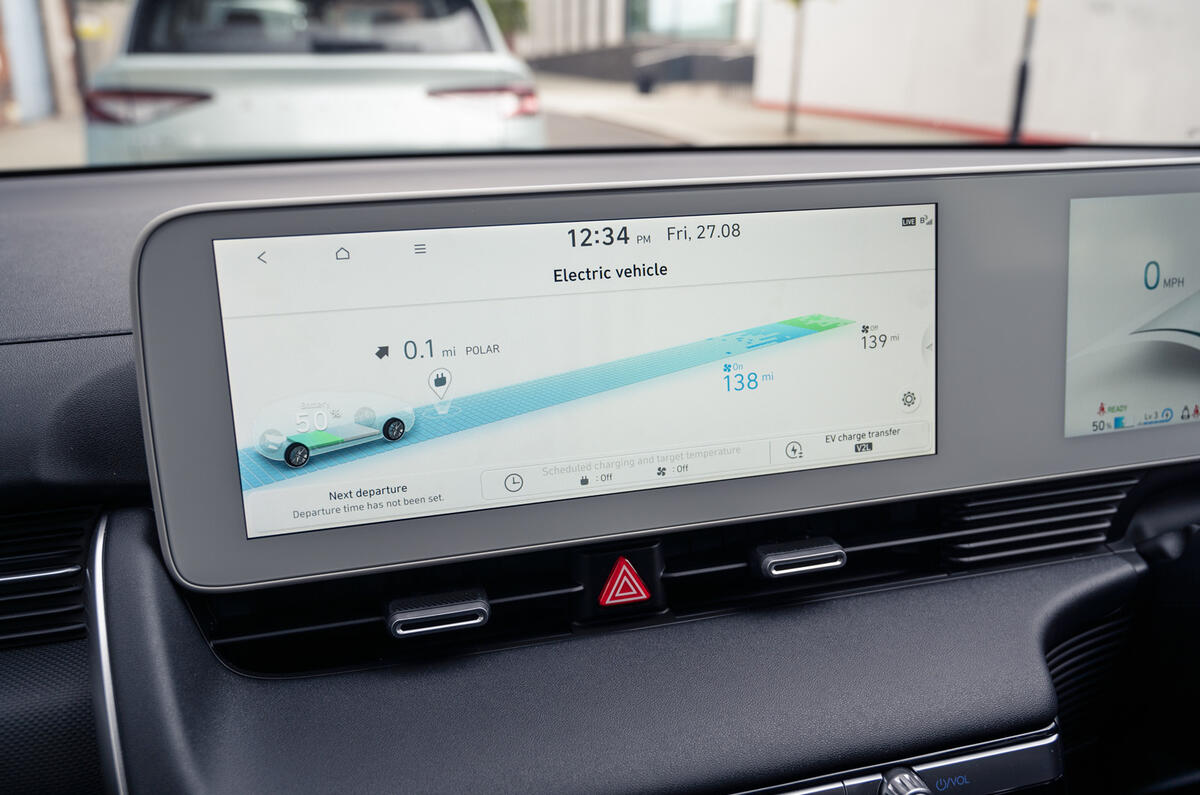
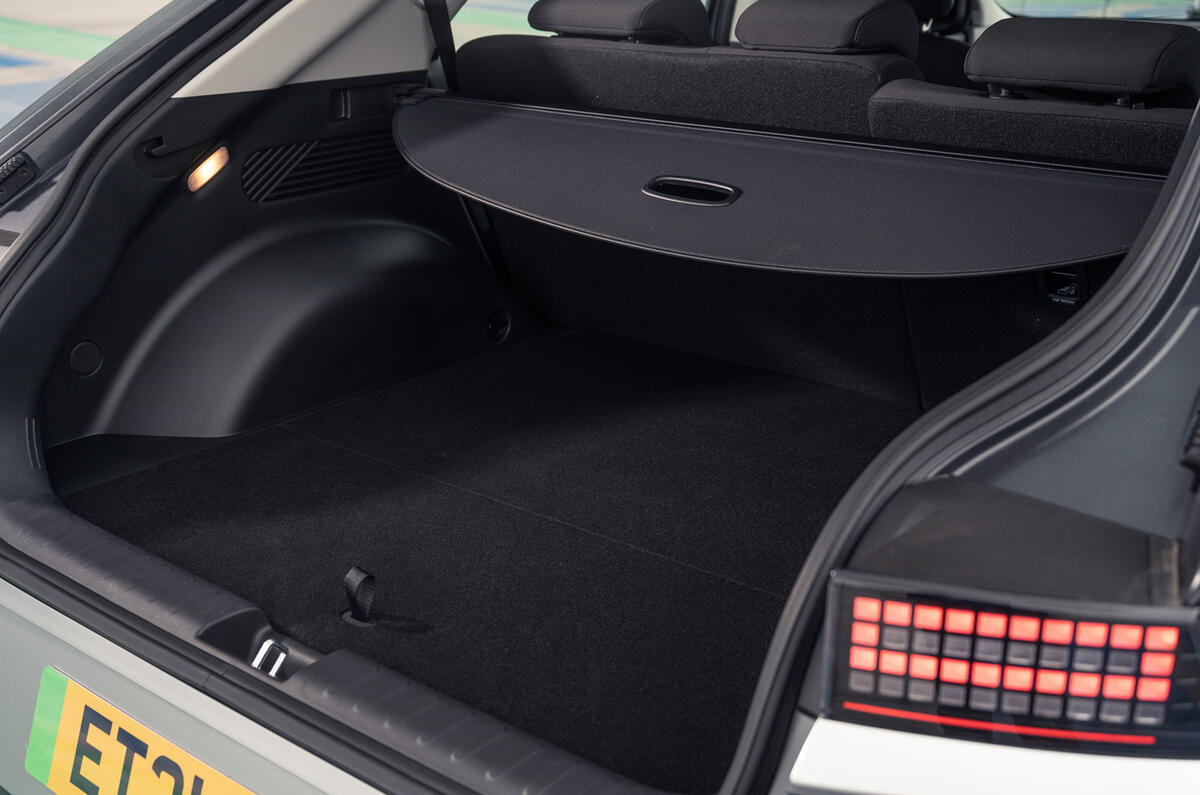
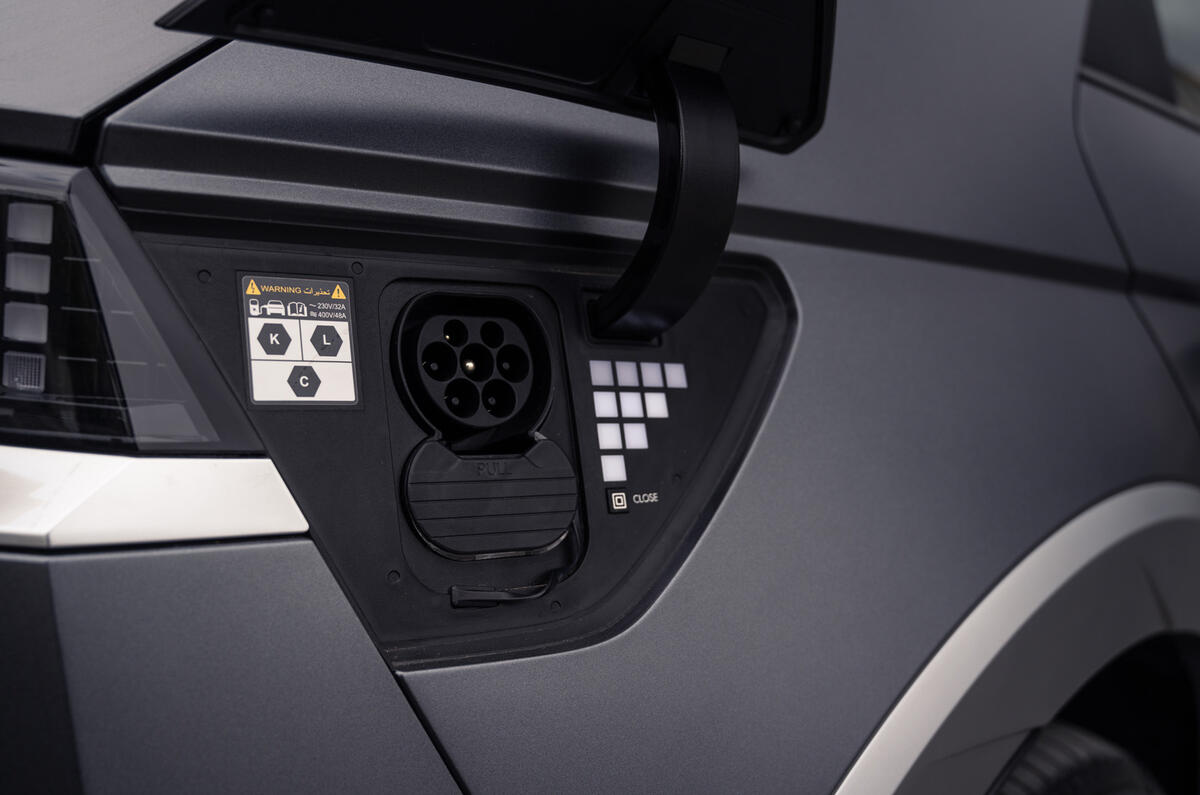
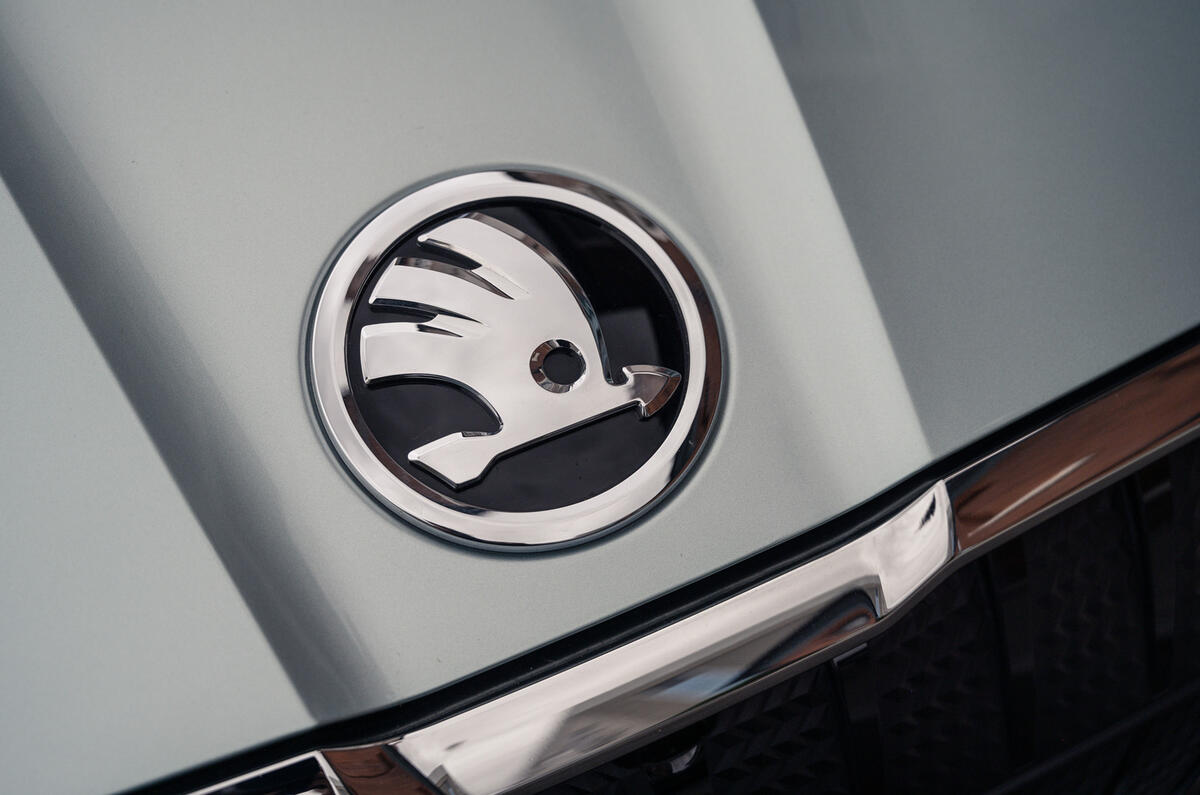
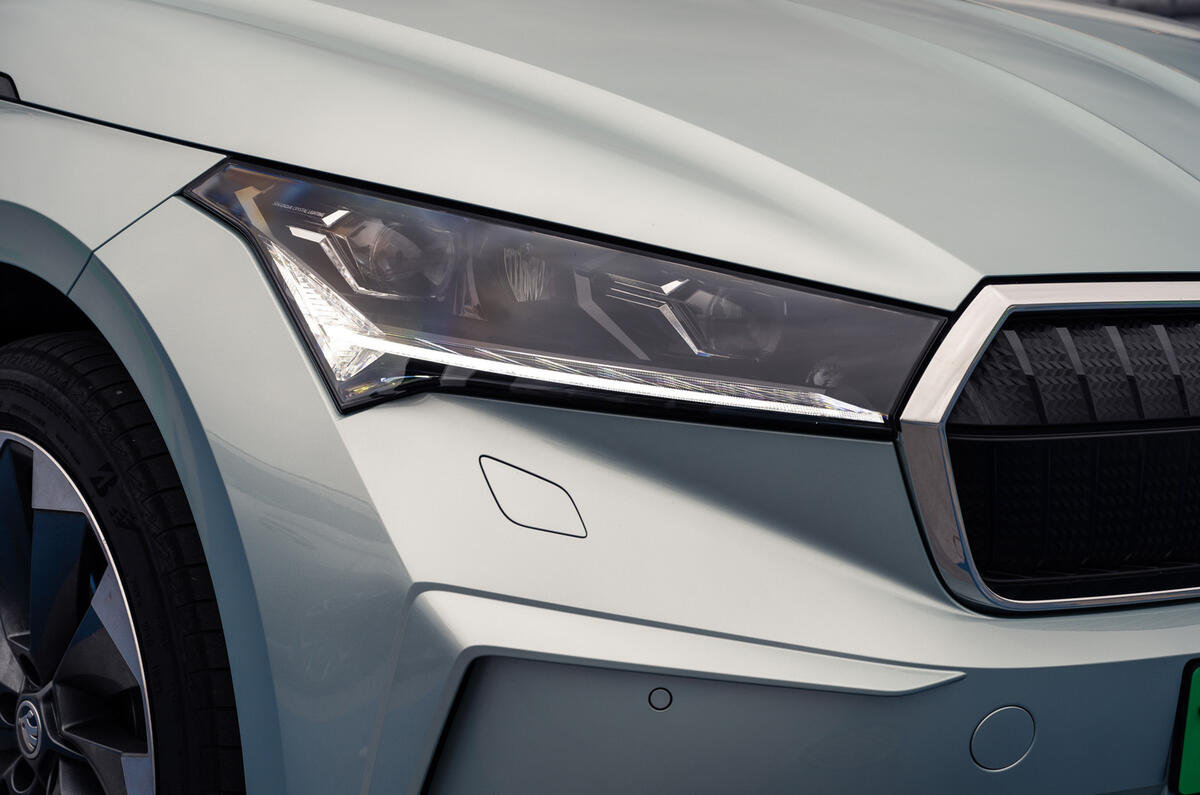

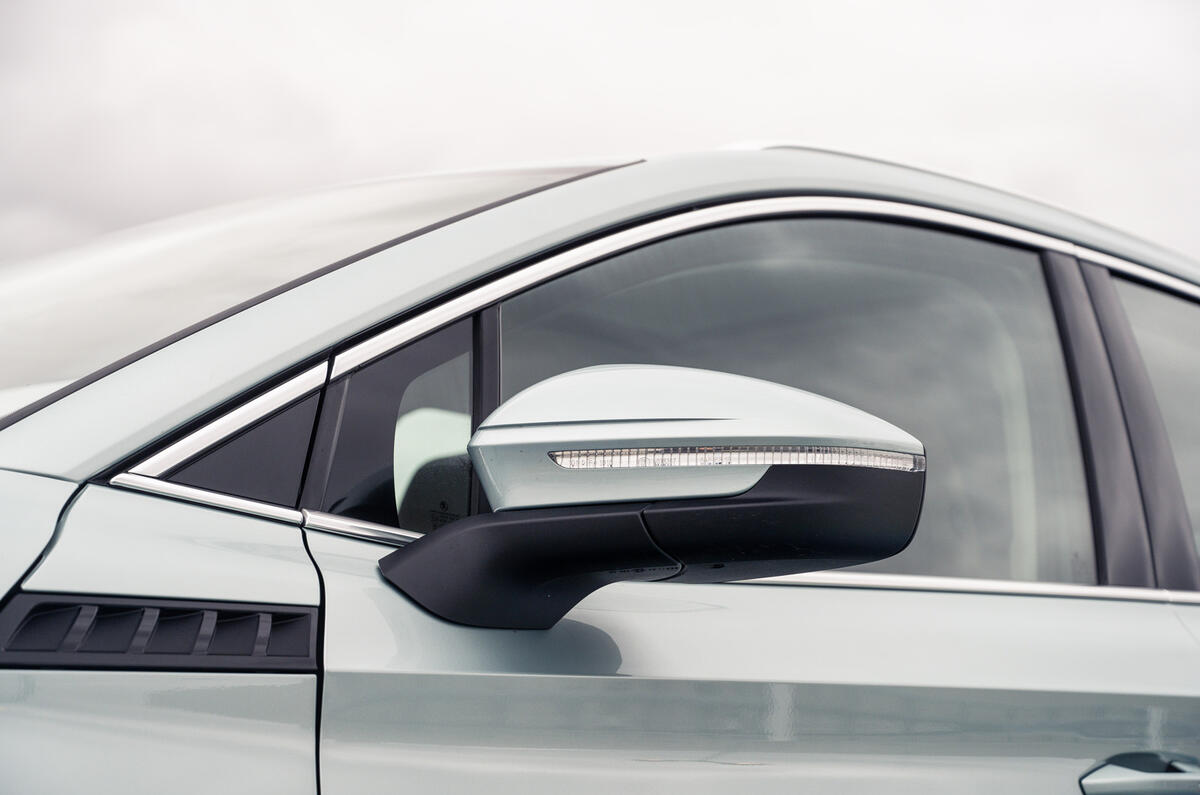
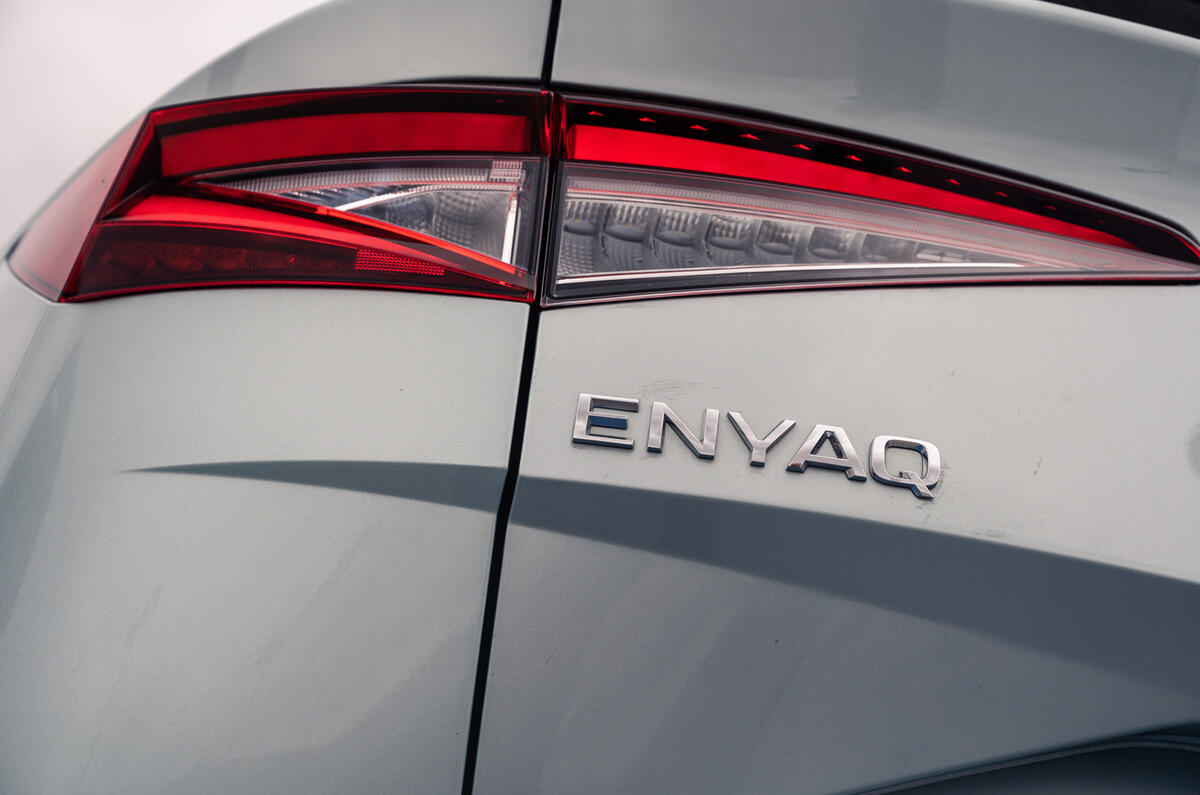

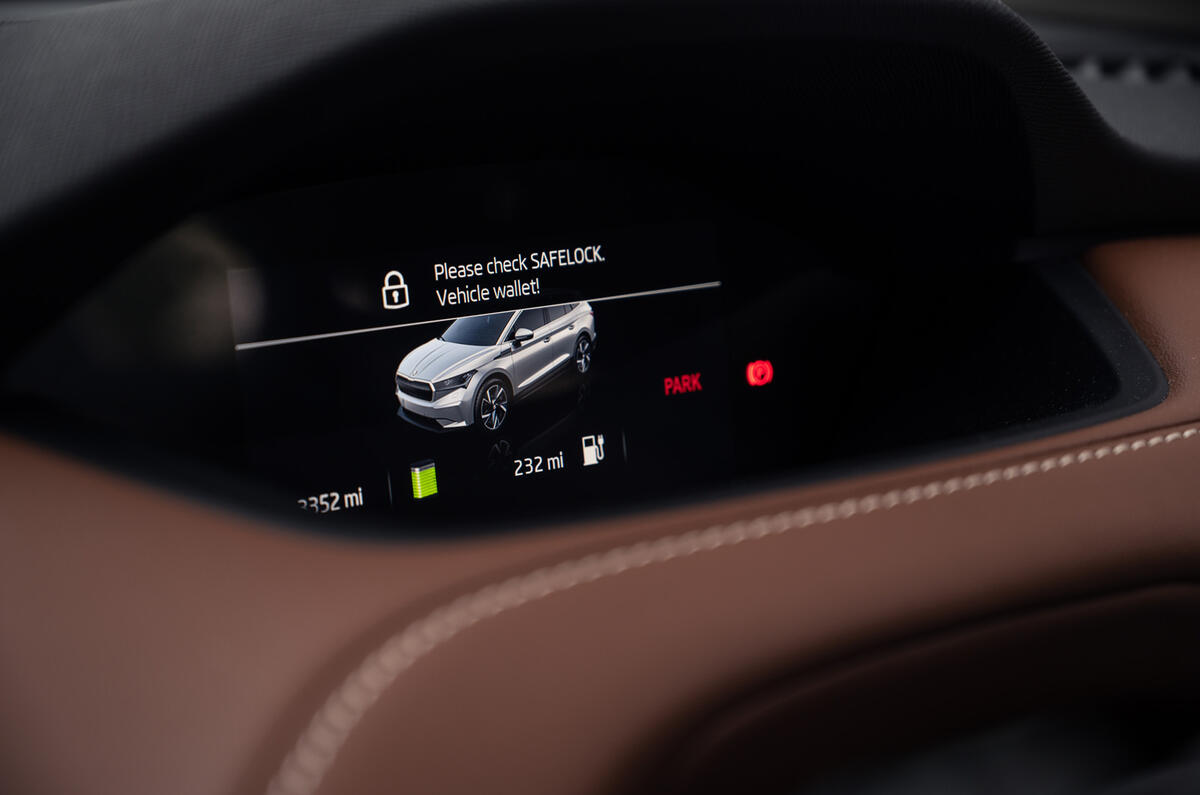
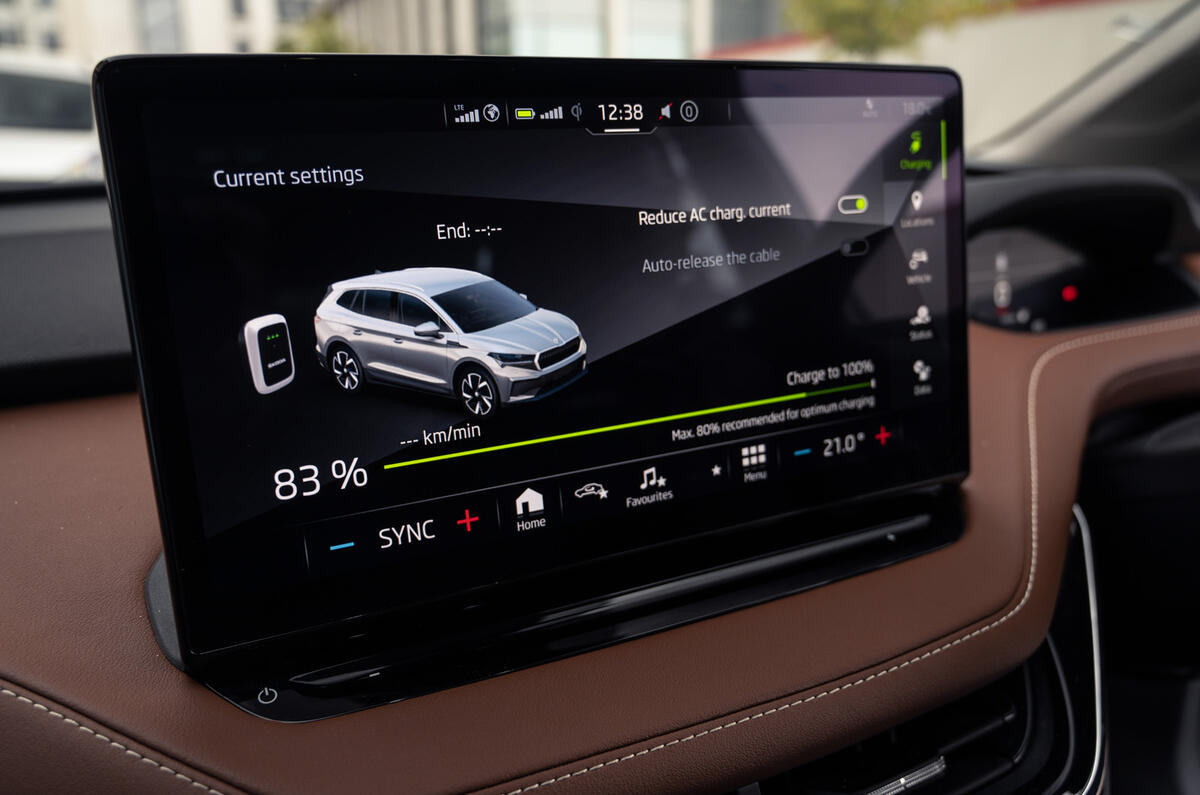
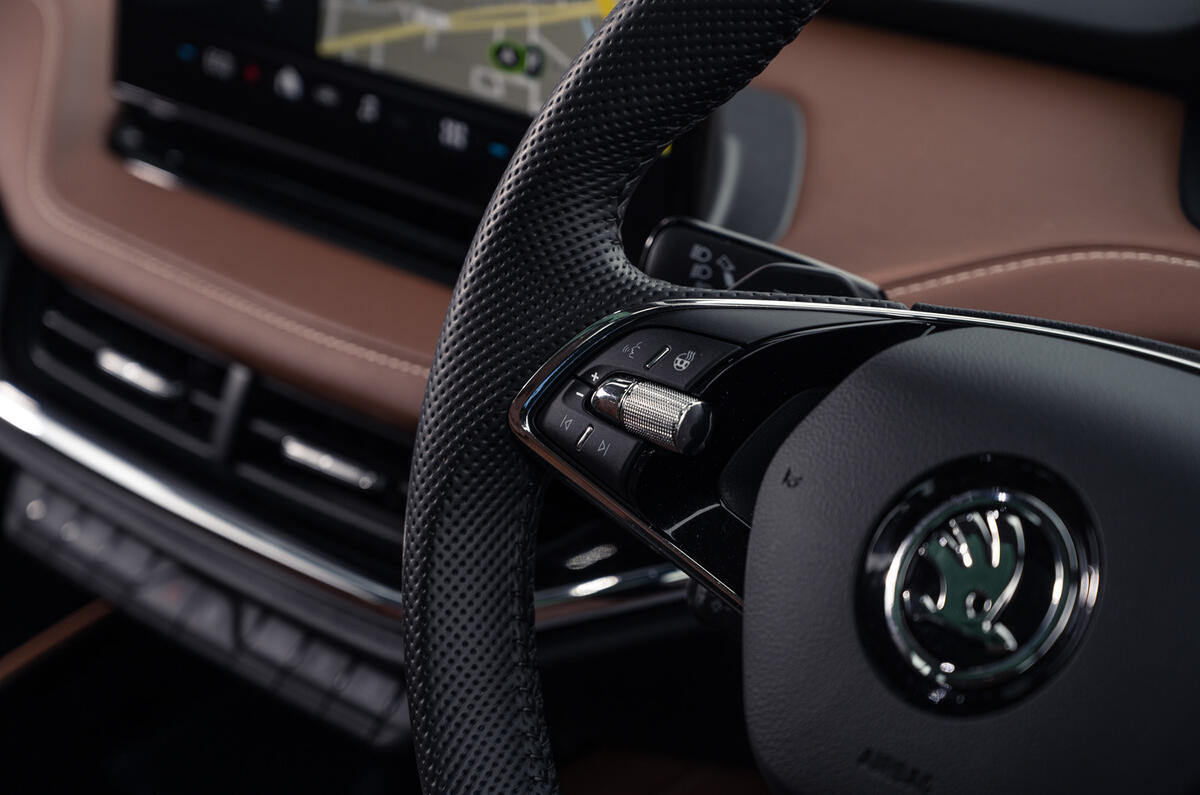
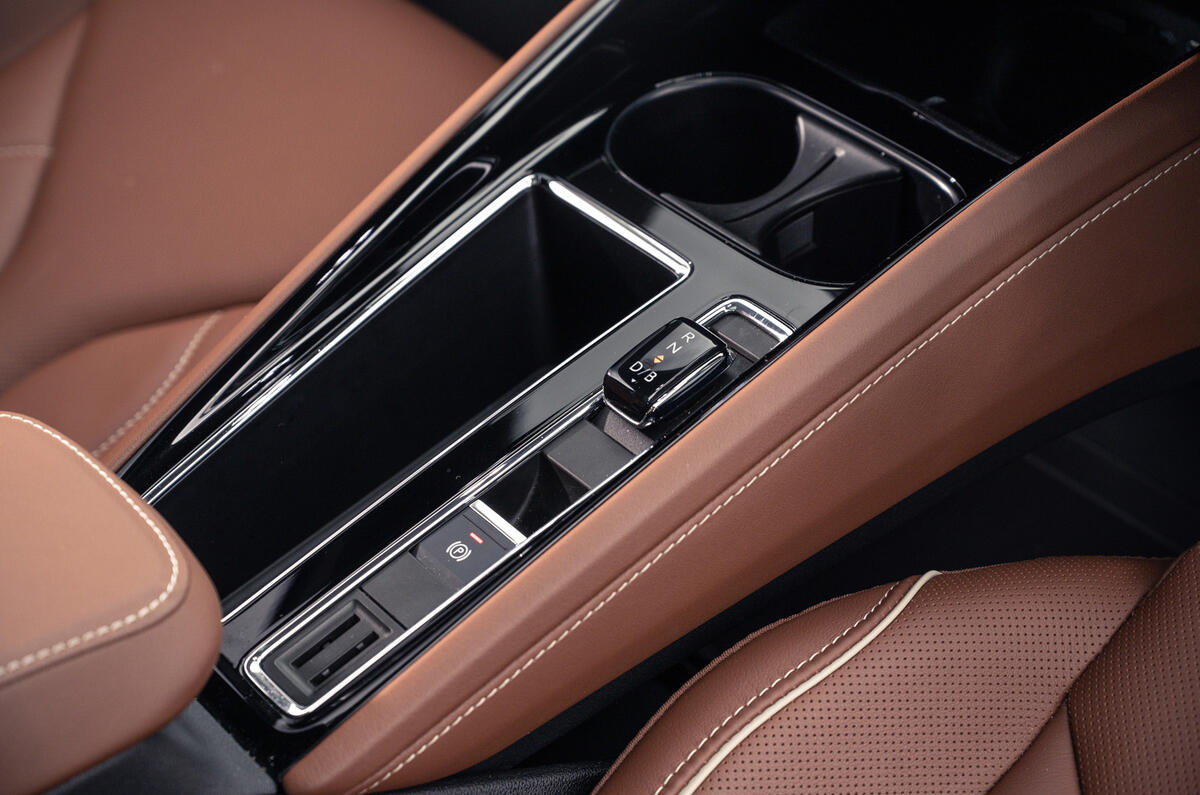
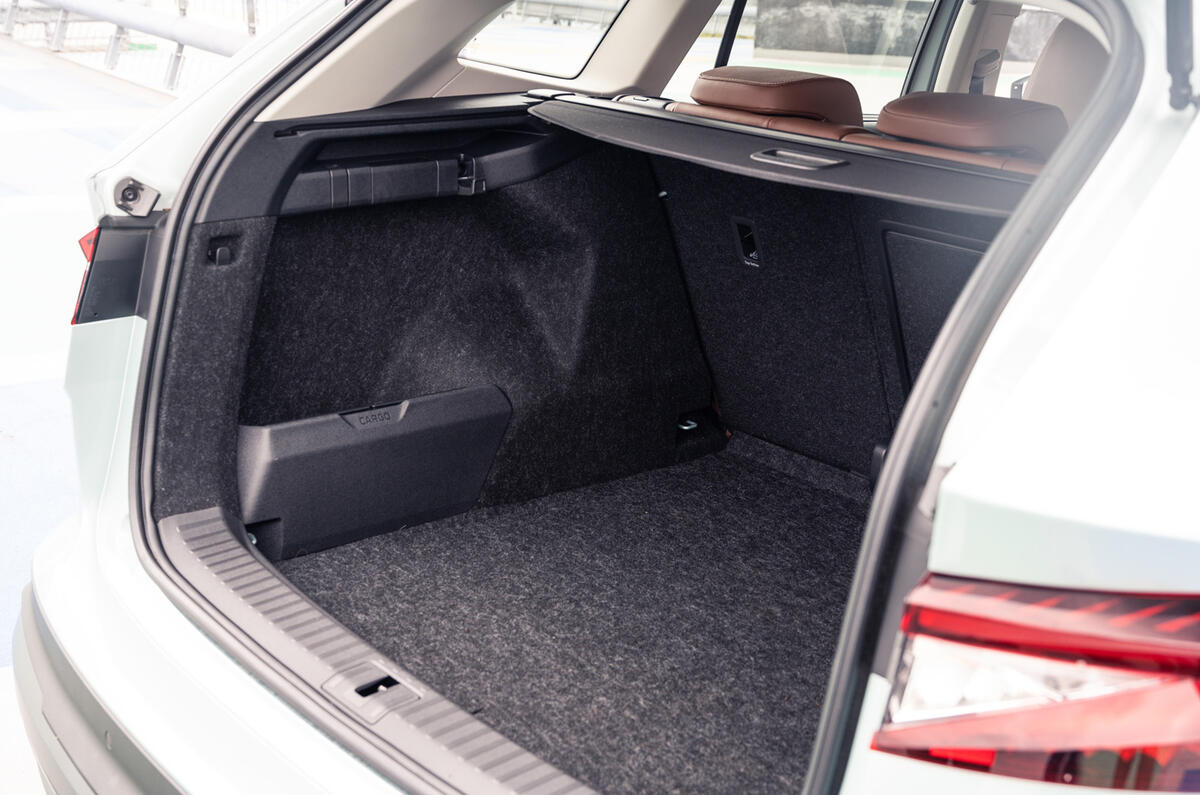
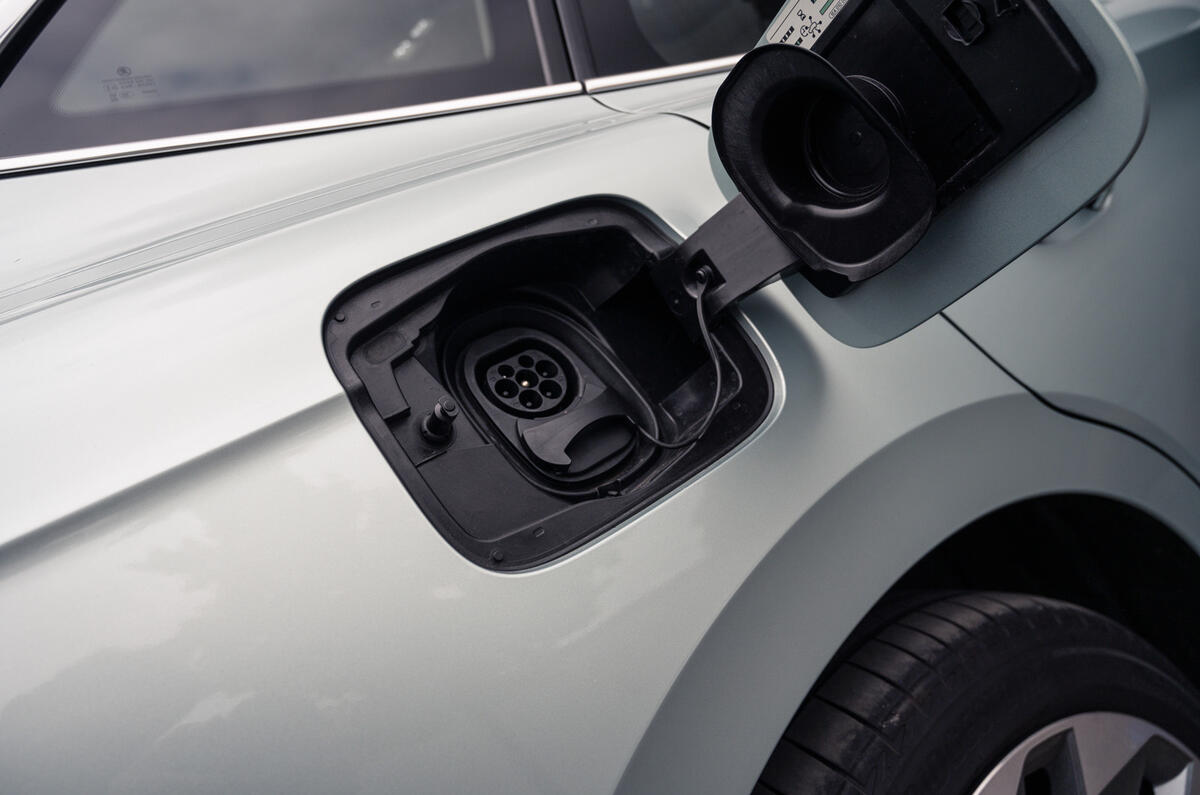
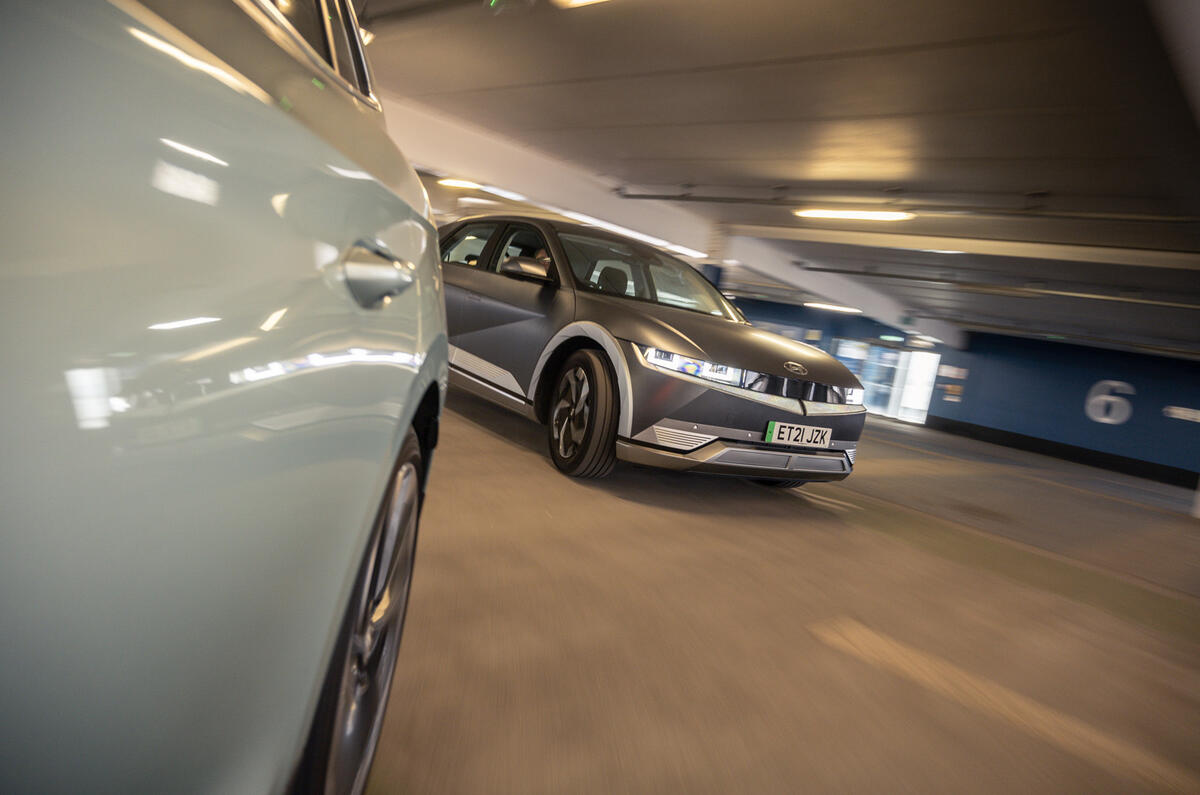

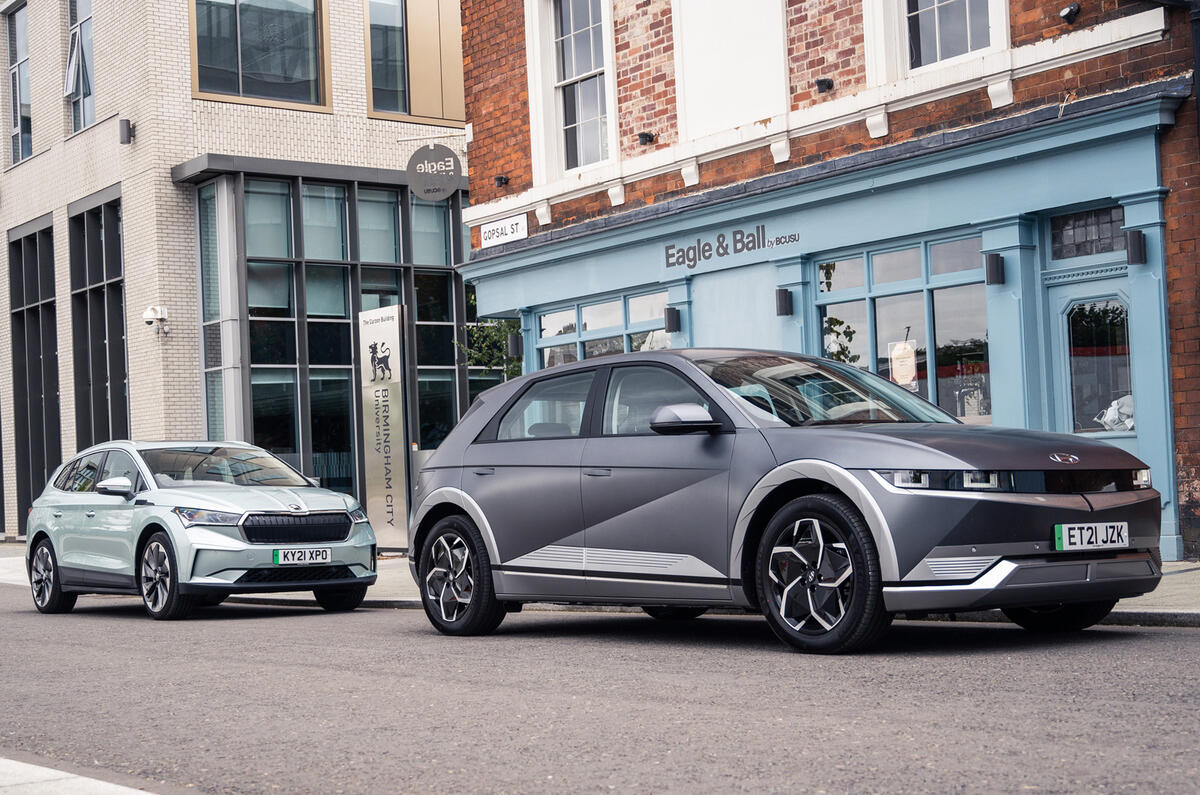








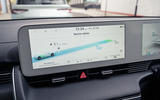
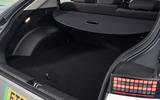


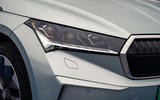


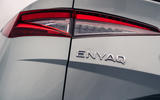

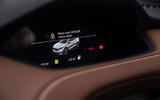
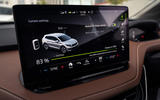


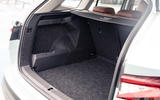

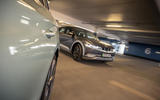
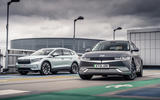
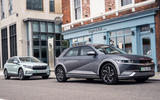


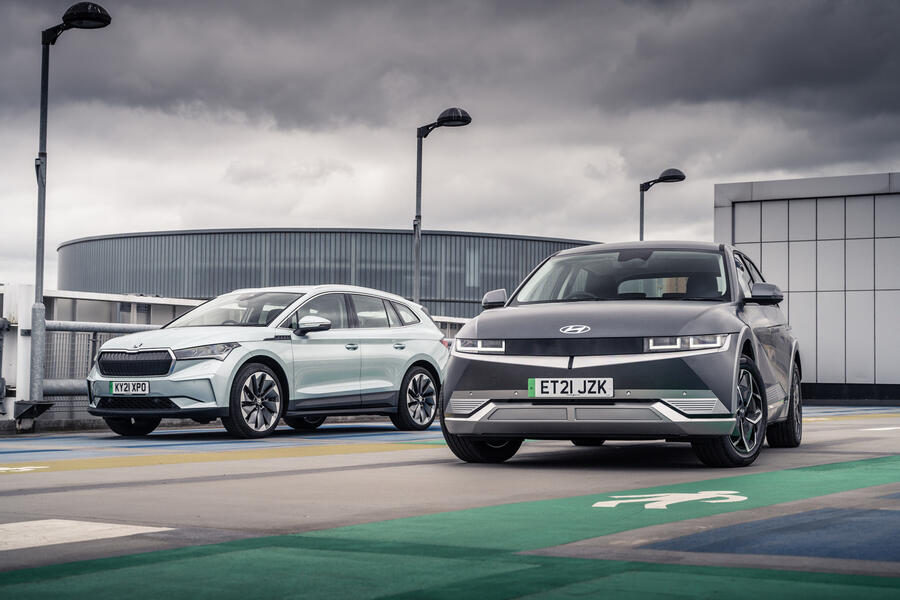




Join the debate
Add your comment
Start working from home! Great work for-Ever, Stay at Home Moms OR anyone needs an extra income. Get started. You only need a computer and a reliable computer connection so don’t get late try……. Profitloft.ga
I'm always amazed how many journalists seem to have gone native on the merits of these spin driers. Both drivers stopped "for a 45 minute DC splash and dash' but don't really seem to think that's a big problem. Who on earth takes a 45 minute stop at a blasted M-way services (a misnomer in most cases) on a 200 mile around trip? To me it's just madness. It's not the placebo "range anxiety" it's a disastrous limiting factor of all EVs so far. I'm in my 70s and if I want to go somewhere I want to get there as quickly as possible. I do not want to sit in some God-forsaken restaurant drinking appaling coffee and eating a wet sandwich to pass the time. Fill up, pay up and get out in under 5 minutes. It's called having an ICE car and until EVs can do a genuine 400 miles at 85 mph with the headlamps and heater and wipers and music, sat nav all working I'm out, thank you very much. I also don't know why we can't get that "worst possible" range from Autocar testers instead of the rambling "real world" anecdotes supplied. C'mon Autocar you can do it!
It's a question of whether you are willing to recognize and adapt to the new reality ... unless you don't believe that climate change is man-made or that ICE cars are a major contributor.
Both of these cars do more than 200 miles on a full charge, and the Ioniq 5 can top up in 20 minutes at an Ionity charger.
If you aren't taking 20 minute breaks during >400-mile journeys, I'd suggest you change your habits *regardless of fuel type*, because that isn't healthy.
Obviously not a disastrous limiting factor else they wouldn't be selling in ever increasing numbers. Besides quite alot of people may only ever use a public charger once a year.
For thenm maybe the shear thought of queueing up once a week for 10 minutes on a grubby forecourt rather than sleeping whilst their car chargers overnight is a limiting factor.
But as company cars not so good. The domestic energy crisis has seen electricity rates jump to over 20p kwh. If a good EV driven gently does 4 miles per kwh, its now costing you just over 5p per mile. But the current HMRC EV advisory fuel rate is still only 4p per mile. So many company drivers will be part subsidising their business travel losses from their own pockets. So glad a couple of months ago I didn't order that Tesla I nearly did!
I'm paying 5p/kWh for overnight electricity, which works out to 1.4p per mile in my i3S. Admittedly time-of-use tariffs do require a smart meter, and it usually takes a few months to schedule an installation.
Emmm over 20p a kwh, made that up a bit quick, also expect to pay nearly half that for off peak, i.e. when you'd charge a BEV 90 percent of the time.